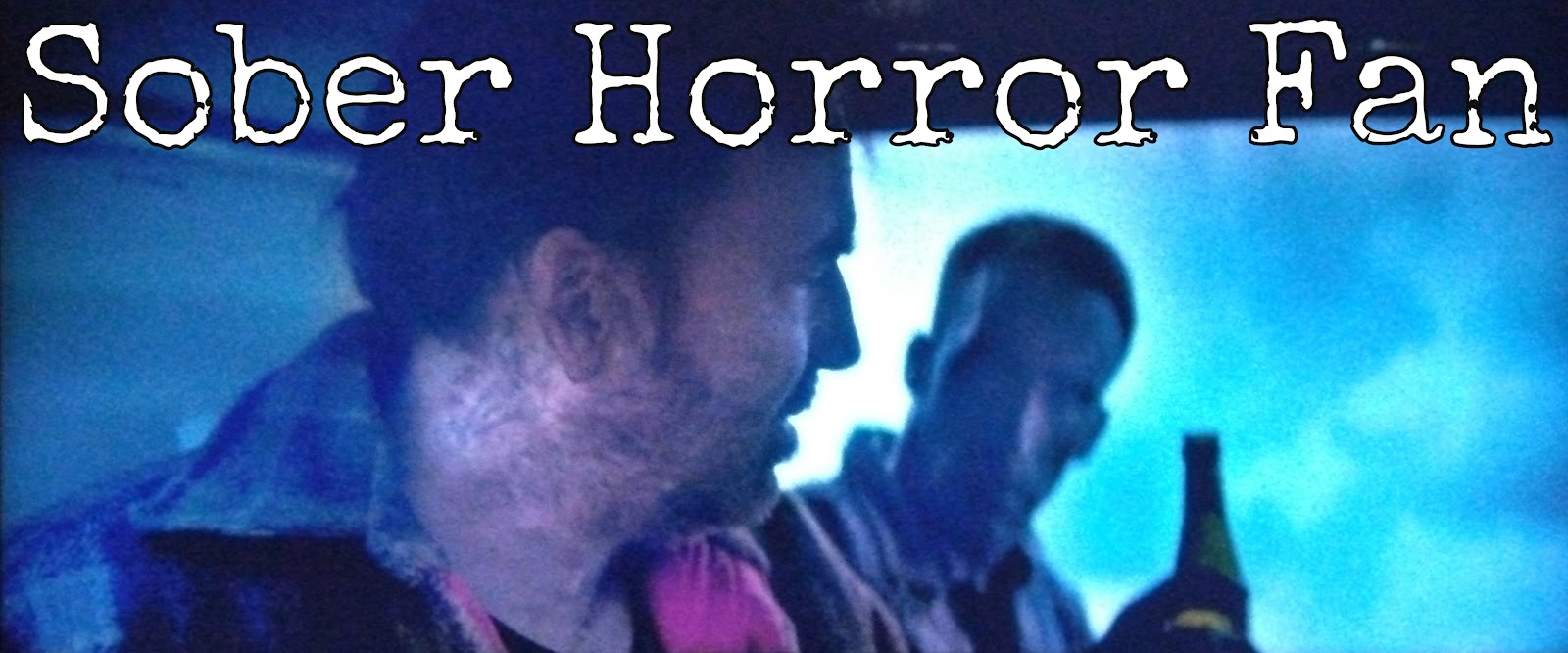Poison for the Fairies (1984)
Poison for the Fairies
is part of a collection of three films by Mexican director Carlos
Enrique Taboada that was put out on blu-ray by Vinegar Syndrome. The set
is titled Mexican Gothic, so, although I was not familiar at all with Taboada,
I guess I had some preconceptions or expectations about what the films might be like. Poison for the Fairies is the second film I have watched from the set. The first was Rapiña, from 1973. I was quite disappointed with Rapiña,
because I would not personally classify it as “gothic” at all. It is
not a horror film, either—more of a depressive crime drama that has a
lot to say about society, poverty, and the human condition. Not a bad
film by any means, but not what I was looking for when I bought a set of
movies with “gothic” in the title.
That
makes me think about how my preconceptions and expectations can often
make a huge difference to how much I appreciate a film. Going into
watching Poison for the Fairies, having read the brief synopsis, I suppose I was expecting something that might be along the lines of the French film Don't Deliver Us from Evil (1971), or maybe even something reminiscent of Juan López Moctezuma’s Alucarda
(1977). I mean, I wasn’t expecting anything that crazy, but it is also a
Mexican film about two young girls exploring ideas of evil and black
magic.
 Anyway, it wasn’t much like either of
those, but I did enjoy it. It was a strange movie. The plot concerns a
ten-year-old girl from a wealthy family called Flavia who starts a new
school and befriends another girl in her class, Veronica, who lives with
her invalid grandmother and her superstitious nanny. The nanny
regularly tells Veronica macabre folk and fairy tales about witches and
suchlike, and Veronica laps them up. Veronica convinces Flavia that she
herself is a witch, and persuades her to join her in her witchy
activities. Needless to say, things do not go well.
Anyway, it wasn’t much like either of
those, but I did enjoy it. It was a strange movie. The plot concerns a
ten-year-old girl from a wealthy family called Flavia who starts a new
school and befriends another girl in her class, Veronica, who lives with
her invalid grandmother and her superstitious nanny. The nanny
regularly tells Veronica macabre folk and fairy tales about witches and
suchlike, and Veronica laps them up. Veronica convinces Flavia that she
herself is a witch, and persuades her to join her in her witchy
activities. Needless to say, things do not go well. The
thing that really surprised me about Poison for the Fairies was its
tone. It has an almost “Sunday afternoon children’s film” vibe to it.
The music, for example, even during some quite creepy scenes is kid of
playful and almost pastoral. It makes some efforts to present the story
from a child’s point of view, such as by rarely showing the faces of the
adult characters and adopting a low camera position. It largely succeed
in capturing something of the atmosphere of childhood—a time when some
of us believed that superstitions might be true, and the world still had
room for the products of our imaginations and fantasies.
The
thing that really surprised me about Poison for the Fairies was its
tone. It has an almost “Sunday afternoon children’s film” vibe to it.
The music, for example, even during some quite creepy scenes is kid of
playful and almost pastoral. It makes some efforts to present the story
from a child’s point of view, such as by rarely showing the faces of the
adult characters and adopting a low camera position. It largely succeed
in capturing something of the atmosphere of childhood—a time when some
of us believed that superstitions might be true, and the world still had
room for the products of our imaginations and fantasies.Another
thing that really struck me about the film was its period setting. I
just could not put my finger on when it was supposed to be set. It was
released in 1984, but it doesn’t look like an 80s film at all, looking
at the interiors and the furniture etc., The toys and picture books in
the children’s rooms to be from the 1950s or 1960s, as did their
clothes, but the cars the adults were driving looked like they were from
the 1940s. I noticed that the grandmother’s room had an old gramophone
in it. I don’t remember seeing  anything like a TV set anywhere.
anything like a TV set anywhere.
 anything like a TV set anywhere.
anything like a TV set anywhere.The
film becomes progressively disturbing, until its highly unsettling
conclusion, but I’m not sure can really be classified as a horror film,
exactly. To an extent, it played out like a dark fairy tale or childhood
parable. It confounded my expectations, but in a good way.





Comments
Post a Comment